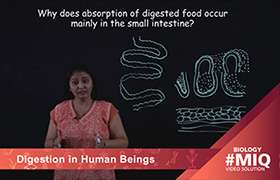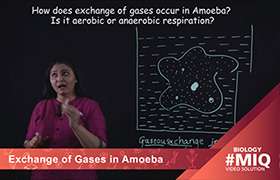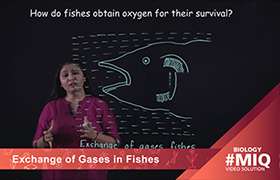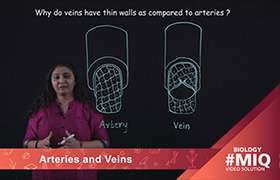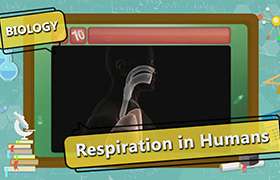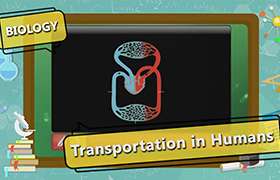CBSE Class 10 Answered
|
Structure |
Functions | ||||
|
Arteries :The walls (outer structure) of arteries contain smooth muscle fibre that contract and relax under the instructions of the sympathetic nervous system. |
| ||||
|
| |||||
|
Capillaries : These are tiny (extremely narrow) blood vessels, of approximately 5-20 micro-metres diameter. Capillary walls are only one cell thick which permits exchanges of material between the contents of the capillary and the surrounding tissue. |
| ||||
|
| |||||
|
| |||||
|
Veins: The walls (outer structure) of veins consist of three layers of tissues that are thinner and less elastic than the corresponding layers of aerteries. |
| ||||
|
Arteries |
Veins | ||
|
Transport blood away from the heart; |
|
Transport blood towards the heart; | |
|
Carry oxygenated blood |
|
Carry de-oxygenated Blood | |
|
Have relatively narrow lumens |
|
Have relatively wide lumens | |
|
Have relatively more muscle/elastic tissue; |
|
Have relatively less muscle/elastic tissue; | |
|
Transports blood under higher pressure (than veins); |
|
Transports blood under lower pressure (than arteries); | |
|
Do not have valves (except for those of the pulmonary artery and the aorta). |
|
Have valves throughout the main veins of the body. These prevent blood flowing in the wrong direction | |

